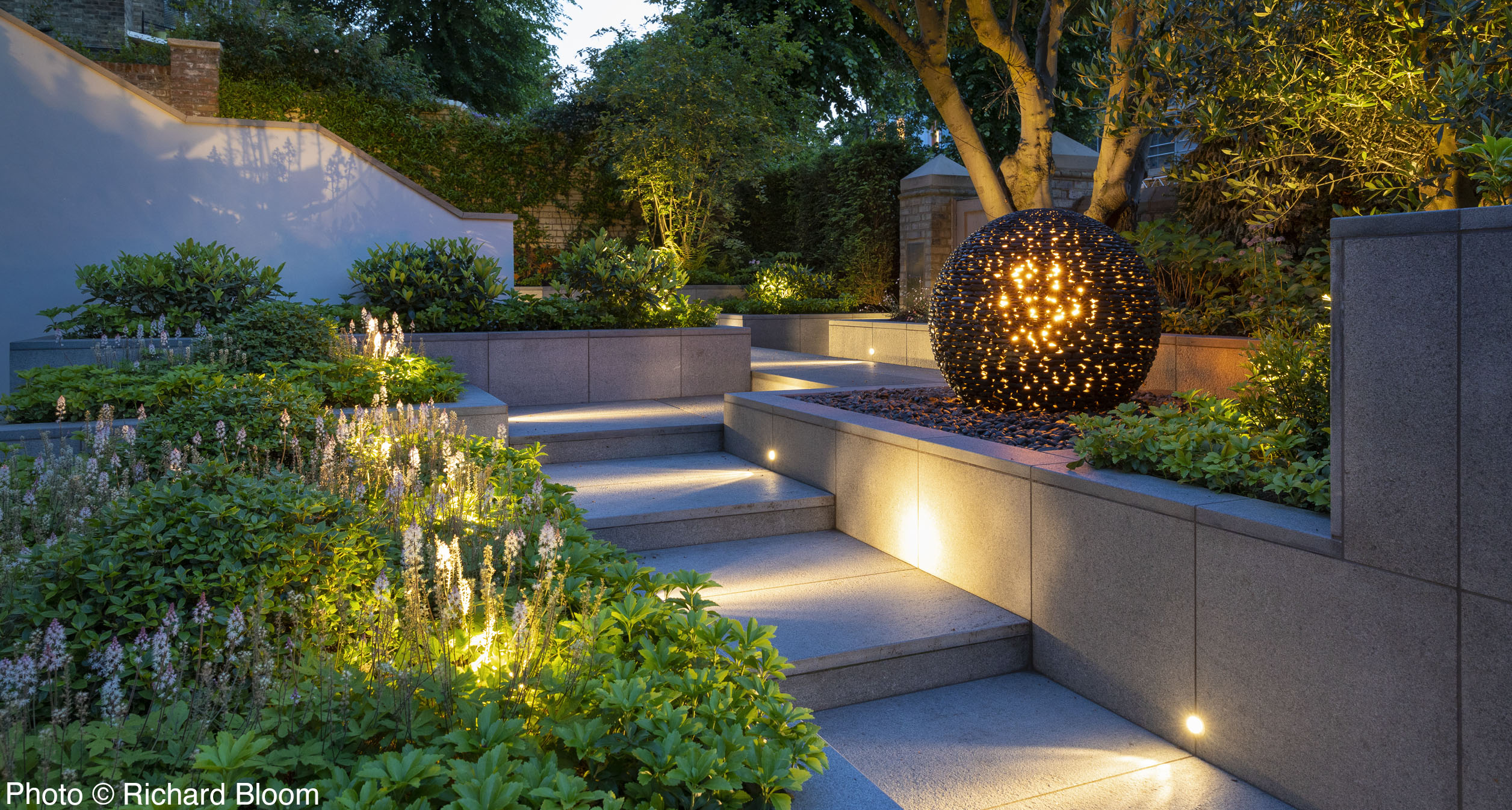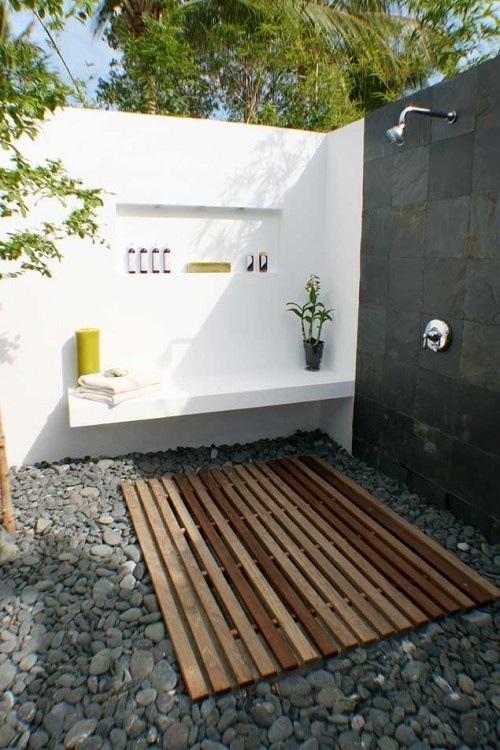Table of Content
On the first floor in the south wing are some carnivorous plants, in the north wing are some American pineapple plants, which are grown indoors. The visitor is "in situ", information points on the ecology and geography of everything on display. Screening a two story house; low-chill peaches, dealing with bindweed, and a quick review of fruit trees for the bareroot season.
There is also a stream that cascades down from the high back of the hill-shaped structure. In a grotto-like passageway under the hill, it is shown in aquariums, a colorful tropical underwater world. Rebroadcast; lots of quick questions, dormant spraying, and native plants. Hot weather watering, Jerry Baker RIP, small trees, ripening tomatoes, and more.
Solar Green Energy Expo
Bush gardenIt is located in the northern part of the garden. This part of the garden has puddled areas, with abundant water and a stream accompanies along the main path of the walk. Plants are found as green herbs, where the brushstrokes of color are provided by Asteraceae. The botanical exhibits are organized according to their origin in free-air or climatized greenhouses, which also contain numerous tropical and subtropical plants. At the entry to the garden half of the original social building of 1905, which was rebuilt again, currently serves as the main entrance to the Palmengarten. To the right and left of the entrance we find exhibition rooms and teaching rooms.
Opinions expressed by the guest on this program are solely those of the guest and are not endorsed by this television station. But holiday baking doesn't have to be scary - even if you are a first time baker. From taking things slow to double checking your measurements, there are a lot of easy things you can do to increase your chances for success. Seed availability of some hybrid tomatoes, plums, willows, benefits of cover crops, maidenhair ferns, and more. Station had technical problems, so we've uploaded this special repeat show for this week.
madison square garden
Training cherry trees, growing elderberries, white sunflowers, and more. Spider mites, splitting citrus, winter houseplant problems, and more. More on houseplants, insect diversity, poinsettias, citrus in pots and more. Garden basics, quick rose disease review, rotating tomatoes, small tree suggestions, and more. Grapes grown like trees, tomato issues, coffee grounds, quick answers, and more.

Make sure you don't leave your house looking worse for wear with some of these holiday decorating tips. Starting peppers from seed, identifying aroids, low-light houseplants, and more. Quick questions, plants for shade, dealing with weeds, and more. Cool season flowers and vegs, fiddleleaf fig, pecan problems, redwood alternatives, and more. College student questions, overseeding lawns, bulbs we plant now, and more.
Lab produces 1st ever fusion reaction with lasers
More on tomato ripening, crabgrass questions, favorite plums, USDA zones, and more. Nandina and birds, wildflower seed mixes, early tomato tips, drip vs microsprayers, and more. Don talks about soils and available water, plus allelopathy of sunflowers, and amending soil. Search for home improvement experts, from flooring to roofing and everything in-between.
They are plants from the steppe estuary regions of Eurasia and the America s. Heather GardenWhere the rockery ends, in the east, the heather garden begins with its attractive color in the blooms of late summer. Also appealing is the gradation of shades of green presented by the rest of the year, this collection of wild and crossed species of the genera Erica and Calluna.
Flowering houseplants, lawn alternatives, plumerias, citrus in containers, and more. It is located at the highest point of the garden, a rocky hill with an imposing waterfall, from here you get one of the best views. The rockery , is located on the flanks of the rocky hill, and it was completely renovated in the 80s. With acidic soils and Alkaline in small gaps between the rocks are these plants from all the mountainous regions of the planet. RhododendrongartenIn the western part of the gardens and bordering the lake located there, the Rhododendrongarten ('Garden of Rhododendrons') was created in 1989. Here a large variety of hybrids of species from eastern Asia and North America were planted side by side.

Step into spring as you explore 7 feature gardens created by top local landscapers. The feature gardens will provide the inspiration and ideas needed to whip show-goers' gardens into shape. With winter fast approaching, there's another type of winterizing you can do with your home. Make the indoors your ultimate relaxing space with a reading nook or cozy corner to help you hibernate for the next few months.
The flower houseAn enclave worth visiting in the garden is the "Flower House". The house has about 200 m² and is divided into hot and cold zones. Here the visitor can find flowering plants at any time of the year.

These plants need a soil rich in humus and very acid for their development. This area is a spectacle of color in late May and early June when they bloom. This is the main core of the original Palmengarten, it was built in 1869 and is one of the largest buildings of its kind found in Europe.
Frost, pecans, chickpeas, houseplants in low light, flowers we plant in the fall, and more. What to plant in August, houseplants safe for kitties, aphids on crapemyrtles and other trees, and more. Rose pruning continued, grass under trees, California poppies, fall color, chamomile, and more. The tropicariumThe plants of the Tropicarium are not shown according to their continents or countries, but are grouped according to their biotope. What is attempted is to show the variety and richness of the tropical zone.
Worms in cherries, landscaping to reduce noise, disappearing plants, and more. Shade perennials, peach leaf curl, removing bermudagrass, and more. Three sisters planting technique, principes of weed management, and more.

No comments:
Post a Comment